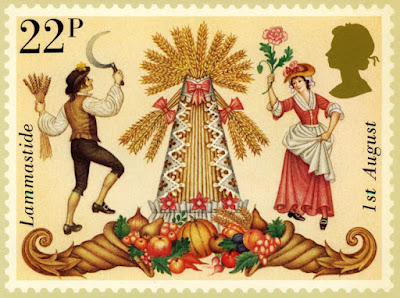When looking for unity ceremonies for your wedding, one popular choice is the Cord of Three Strands Ceremony, which is also known as God’s Knot, the unity braid, or unity rope.
Origins of the three-strand cord for weddings
The origins of the three-strand cord can be traced back to the book of Ecclesiastes 4:12 found in the Hebrew Bible and Christian Old Testament. “Though one may be overpowered, two can defend themselves. A cord of three strands is not quickly broken.” The three strands represent God, the groom, and the bride and braiding them into one symbolizes the joining of one man, one woman, and God in marriage. The idea is that with God at the center of the marriage, His love will continue to grow and keep the couple united in a flourishing relationship.
Cord of Three Strands wedding ceremony
As a unity ceremony, the Cord of Three Strands wedding ceremony plays a special part. The groom holds a small metal ring with three cords attached and the bride braids them into one rope, symbolic of the union of God, husband, and wife.
While braiding the Cord of Three Strands, someone often reads a description of the meaning of the ceremony (samples of readings are plentiful). However, if you prefer, you can keep the significance between just the two of you and have a soloist sing a song or simply play music. For couples who are not religious or prefer to leave God out of their ceremony, the Unity Braid ceremony can be performed by replacing “God” with the word “love.”
 |
Cord Of Three Strands Unity Rope Wedding Braids 3/8" pick your colors |
Other levels of symbolism
Following the braiding, wedding vows can be exchanged with the ancient handfasting tradition using the three-cord strand to bind their hands. Handfasting is also symbolic of the binding together of two people in love.
Cords are a symbol of strength, and colors used bring yet more symbolic meaning adding a special layer to the vows being exchanged. Most often the three cords are of three different colors, chosen by the couple for the colors' symbolic meanings to them. Custom made three cords can be ordered in specific colors.
* * *
Some links in this post are affiliate links. We are a participant in the Amazon Services LLC Associates Program, an affiliate advertising program designed to provide a means for us to earn fees by linking to amazon.com and affiliate sites.










